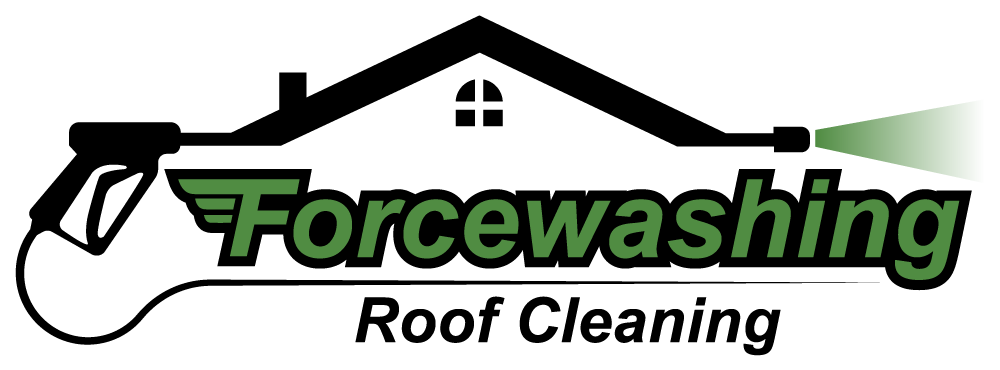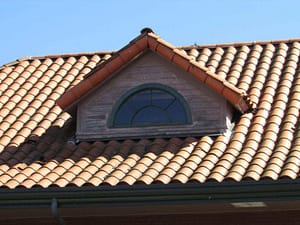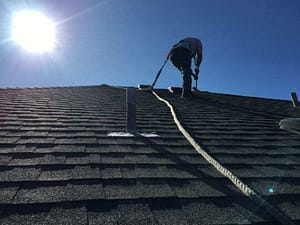Chemical roof cleaning has become an essential method for maintaining the aesthetic appeal and structural integrity of roofs. By effectively removing algae, moss, lichen, and other organic matter, chemical cleaning roof techniques help prolong the lifespan of roofing materials. This article covers the most commonly used chemicals in roof cleaning, along with their benefits and safety considerations.
1. Sodium Hypochlorite (Bleach)
Sodium hypochlorite, commonly known as bleach, is a powerful disinfectant and cleaning agent widely used in roof cleaning solutions.
Benefits:
- Effectiveness: Sodium hypochlorite is highly effective at killing algae, moss, and lichen.
- Fast-Acting: It quickly breaks down organic matter, leading to immediate results.
- Availability: Readily available and relatively inexpensive.
Safety Considerations:
- Protective Gear: When using bleach, it’s essential to wear protective gear, including gloves and goggles, to prevent skin and eye irritation.
- Dilution: Bleach must be properly diluted to avoid damaging the roof shingles and surrounding vegetation.
2. Sodium Hydroxide
Sodium hydroxide, or caustic soda, is a strong alkaline compound used in many industrial cleaning agents, including those for roofs.
Benefits:
- Deep Cleaning: Excellent for removing stubborn stains and deeply embedded dirt.
- Degreasing: Effective at breaking down oils and organic materials.
Safety Considerations:
- Corrosive Nature: Sodium hydroxide is highly corrosive and can damage roofing materials if not used correctly.
- Handling Precautions: Requires careful handling and appropriate safety measures to prevent chemical burns.
3. TSP (Trisodium Phosphate)
Trisodium phosphate is a water-soluble compound often used in heavy-duty cleaning products.
Benefits:
- Versatile Cleaner: Effective against mildew, mold, and general grime.
- Surface Preparation: Often used to prepare surfaces for painting by thoroughly cleaning them.
Safety Considerations:
- Environmental Impact: TSP can be harmful to the environment, particularly aquatic life, if not disposed of properly.
- Protective Measures: Gloves and eye protection are recommended during use.
4. Potassium Hydroxide
Potassium hydroxide, another strong alkaline cleaner, is used for its effectiveness in breaking down organic materials.
Benefits:
- Strong Cleaner: Highly effective at removing tough stains and organic growth.
- Multi-Purpose: Can be used for various cleaning tasks beyond roofs.
Safety Considerations:
- Corrosive Properties: Like sodium hydroxide, it is corrosive and requires careful handling.
- Usage Precautions: Proper dilution and safety gear are necessary to prevent injury.
5. Hydrogen Peroxide
Hydrogen peroxide is a mild antiseptic commonly used in cleaning applications due to its oxidizing properties.
Benefits:
- Eco-Friendly: Breaks down into water and oxygen, making it environmentally friendly.
- Safe for Most Materials: Generally safe for use on a variety of roofing materials without causing damage.
Safety Considerations:
- Concentration: Higher concentrations can be hazardous and require dilution.
- Storage: Needs to be stored in a cool, dark place to prevent decomposition.
6. Copper Sulfate
Copper sulfate is a chemical compound known for its antifungal and antimicrobial properties.
Benefits:
- Effective Algaecide: Particularly effective against algae and moss.
- Long-Lasting Results: Provides a longer-lasting solution compared to other chemicals.
Safety Considerations:
- Metal Corrosion: Can corrode metals if not used carefully.
- Environmental Impact: Toxic to aquatic life, so it must be used and disposed of responsibly.
7. Ammonium Sulfate
Ammonium sulfate is an inorganic salt with various agricultural and cleaning applications.
Benefits:
- Fungicide: Effective against fungi, moss, and lichen.
- Versatility: Can be combined with other cleaning agents for enhanced results.
Safety Considerations:
- Skin Irritation: Can cause skin and eye irritation upon contact.
- Application: Should be applied with proper protective gear to minimize health risks.
Wrapping Up
Chemical roof cleaning techniques are invaluable for maintaining roof health and appearance. By understanding the benefits and safety considerations of each chemical, homeowners and professionals can choose the most appropriate solution for their specific needs. Always prioritize safety by using the correct dilution ratios and protective gear, and consider the environmental impact of the chemicals used. For more detailed guidance and professional chemical roof cleaning services, refer to experts in the field .












 Roof Maintenance – How to Make Your Roof Last
Roof Maintenance – How to Make Your Roof Last
 Proper Roof Care – 3 Things To Keep In Mind
Proper Roof Care – 3 Things To Keep In Mind
 Why we don’t Recommend Pressure Washing Your Roof
Why we don’t Recommend Pressure Washing Your Roof
 Moss Removal Matters – Eliminate Moss Growth on Your Roof
Moss Removal Matters – Eliminate Moss Growth on Your Roof Spray & Forget
Spray & Forget Wash Safe Industries – Roof Wash
Wash Safe Industries – Roof Wash
 Top 3 Reasons for Treating Your Home With Roof Cleaning
Top 3 Reasons for Treating Your Home With Roof Cleaning